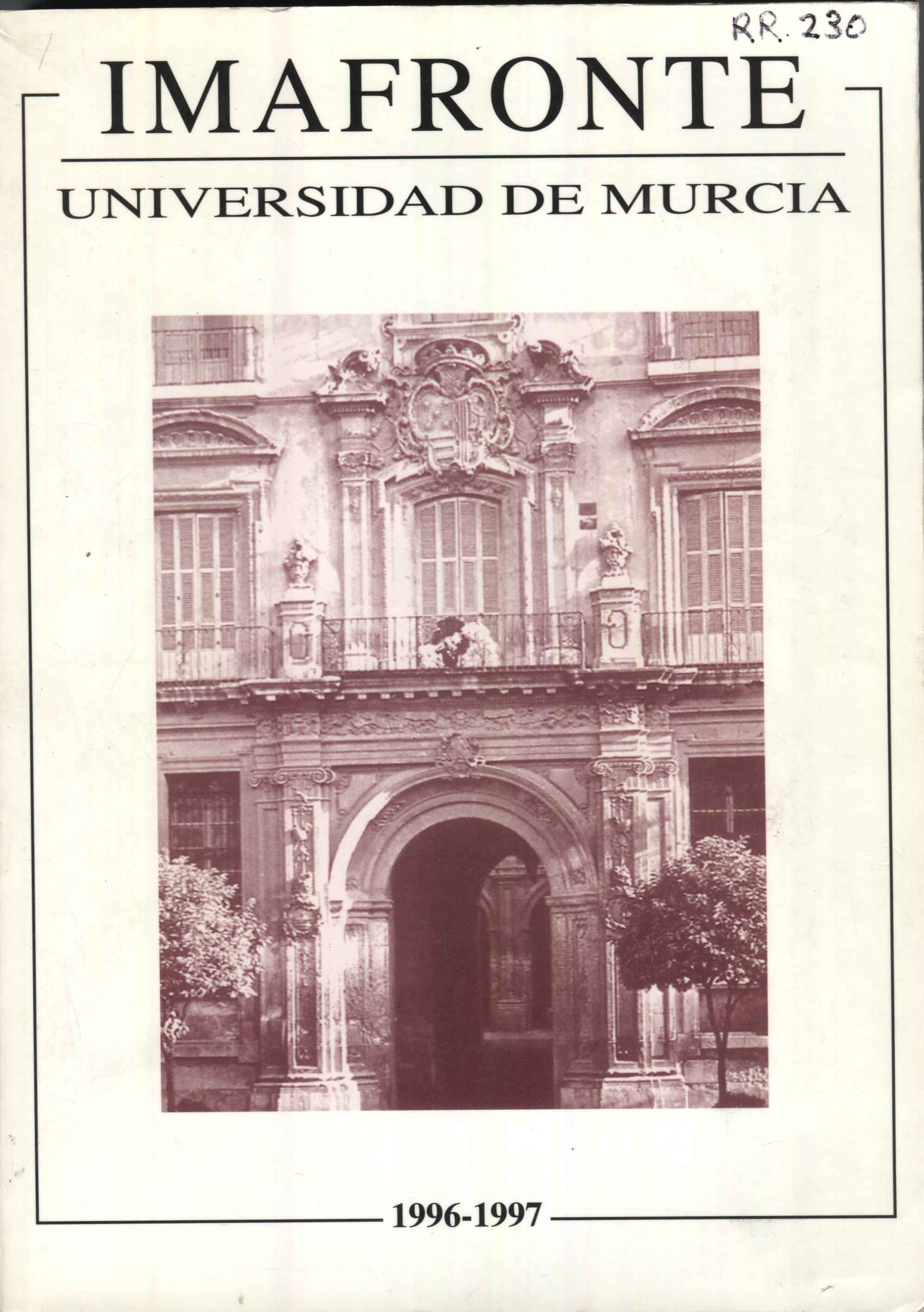SAGRARIO Y MANIFESTADOR EN EL RETABLO BARROCCO ESPAÑOL
Abstract
The altarpiece appenred as didactic iconography placed behind the main altar. But the valomtion that the Council of Trent gave to the Eucharist made this the predominant objective in the baroque period. Sheme, monstrance and tabeinacle are usually terms equivalent to the place where the sacred forms are kept. But the tabernacle has an additional meaning: momentality, It has the shape of a tower; the upper part is the monstrance, a transparent recipient in which the sucred form is placed for everlasting worship. The form is visible in the monstrance that is generally presented in a theatrical manner (scene), with a small curtain or revolving body. The altarpiece is part of the theatrical scenery, which helps to create more emotion when the holy sacrament is shown.Downloads
-
Abstract733
-
PDF (Español (España))974
1. The authors non-exclusively assign the exploitation rights (reproduction, distribution, communication and transformation) to the magazine.
2. The works published in this magazine are subject to the Attribution-ShareAlike 4.0 International license (CC By SA 4.0). Therefore, they can be copied, used, disseminated, transmitted and publicly displayed, provided that:
i) the authorship and the original source of its publication (journal, editorial and URL of the work) are cited, thus allowing its recognition.
ii) it is allowed to remix, transform or create from the material while maintaining the same license as the original.

3. Self-archiving conditions. Authors are allowed and encouraged to electronically disseminate the pre-print (version before being evaluated) and/or post-print (version evaluated and accepted for publication) versions of their works before publication, as it favors their publication. Earlier circulation and diffusion and with it a possible increase in its citation and reach among the academic community. Color RoMEO: verde.






















